Weightlifting is more than just lifting heavy objects—it's about building power, strength, and proper technique to enhance your performance and prevent injuries. In this blog post, we'll delve into how essential gear like weightlifting belts, knee sleeves, wrist wraps, and lifting shoes can support your Olympic weightlifting training.
Whether you're a beginner or an advanced athlete, understanding and using the right equipment can significantly impact your training sessions, helping you lift heavier weights and maintain good form. Join us as we explore the science behind these tools and provide practical tips to incorporate them into your weight training program, ultimately empowering you to achieve your fitness goals confidently.

Essential Supportive Gear
Weightlifting Belts: Benefits and Usage

Weightlifting belts play a crucial role in providing core support during heavy lifts. They help stabilize the spine by increasing intra-abdominal pressure, which can significantly reduce the risk of injury. When performing exercises like squats and deadlifts, a belt can help you lift heavier weights with more confidence and maintain proper form.
To use a weightlifting belt effectively, fasten it tightly around your waist just above your hip bones. Engage your core muscles by taking a deep breath and pushing your abdomen out against the belt. This technique will create a solid foundation for your lifts.
While belts are beneficial for heavy lifting, it's essential not to rely on them for every exercise. Save them for your heaviest sets to ensure your core muscles continue to develop strength and stability on their own.
Knee Sleeves: Enhancing Stability
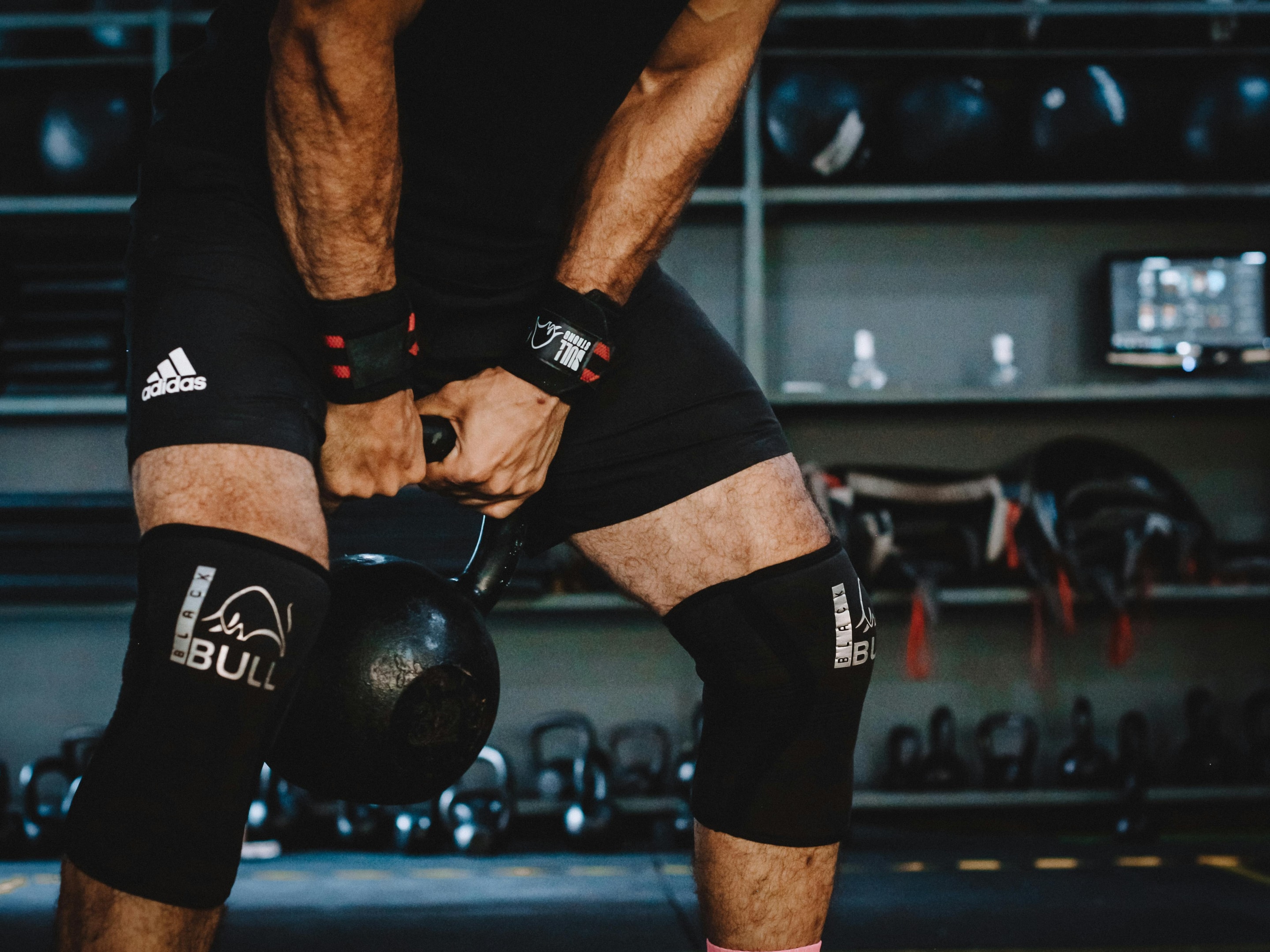
Knee sleeves are essential for weightlifters as they provide critical support and stability to the knee joint. They are designed to offer compression, which helps increase blood flow and reduce pain and swelling during and after workouts. This added stability can improve your confidence and performance while lifting weights.
Knee sleeves are particularly beneficial during squats, lunges, and other lower body exercises that place stress on the knees. To use knee sleeves, simply slide them over your knees and ensure they fit snugly without restricting movement.
They should feel supportive but not too tight. While knee sleeves are excellent for providing support, it's important to continue strengthening the muscles around the knee through various training exercises. Incorporating knee sleeves into your routine can help you lift heavier weights and maintain proper form, reducing the risk of injury and enhancing your overall training sessions.
Wrist Wraps: Protection and Power

Wrist wraps are indispensable for weightlifters aiming to protect their wrists and enhance their lifting power. These wraps provide crucial support during heavy lifts, such as bench presses, overhead presses, and other exercises that place significant stress on the wrist joints.
By stabilizing the wrist, they help you maintain proper form and reduce the risk of injury. To use wrist wraps effectively, wrap them around your wrists tightly but comfortably, ensuring they provide support without cutting off circulation. The added stability allows you to lift heavier weights and focus more on your technique.
However, it's important not to become overly reliant on wrist wraps for all exercises. Use them primarily for your heaviest sets or movements that require additional wrist support. Integrating wrist wraps into your training routine can improve your performance, protect your wrists, and enable you to lift with more confidence and power.
Optimizing Your Training
Slant Boards: Improving Form
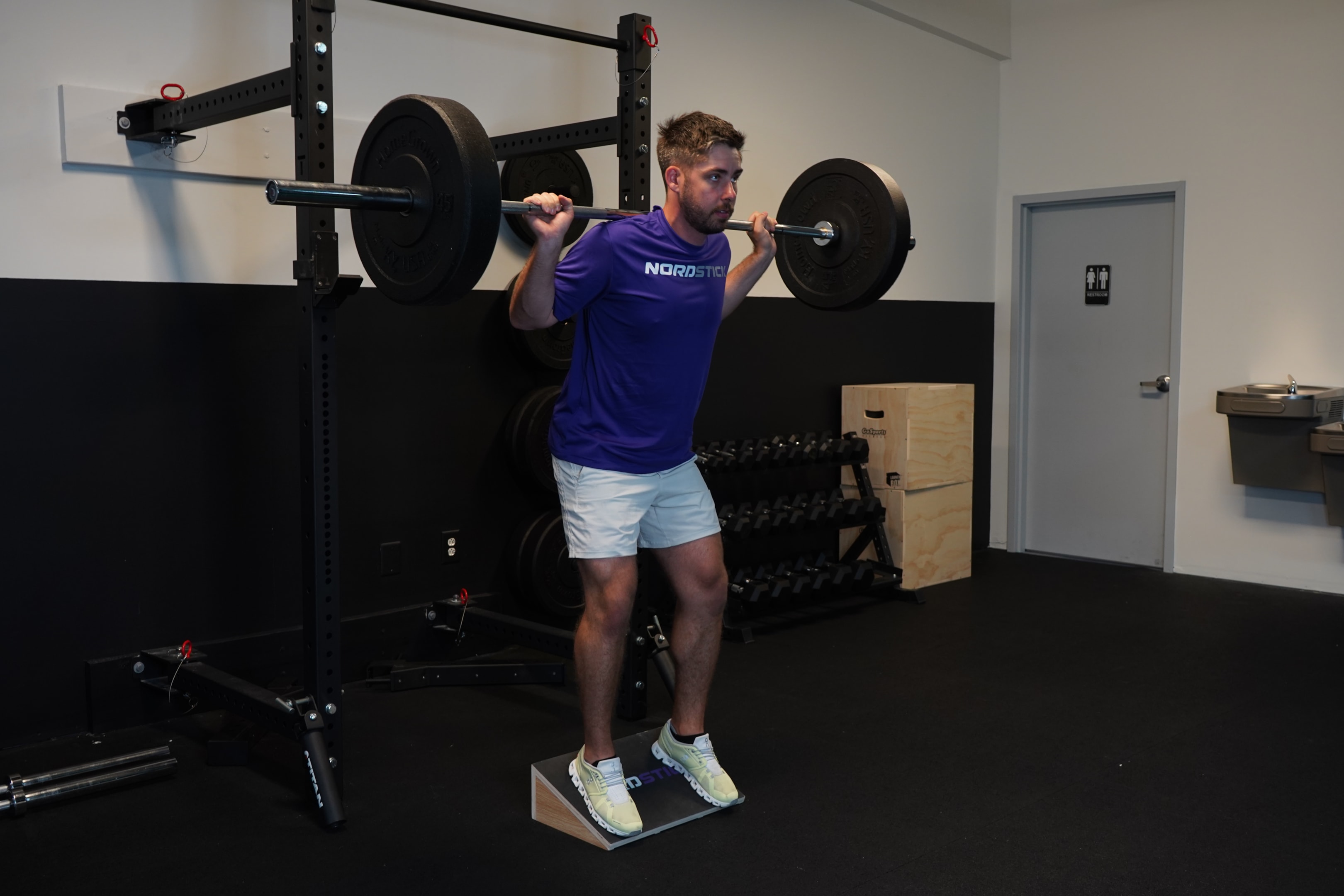
Slant boards are versatile tools that can significantly enhance your weightlifting form, particularly during lower body exercises. By providing an inclined surface, slant boards help increase quad activation during squats and other knee-over-toe movements.
This is especially beneficial for those with limited ankle mobility, as the incline allows for a deeper squat, improving overall muscle engagement and balance. To use a slant board, position it under your heels during squats or lunges to shift the focus towards your quadriceps and promote a more upright torso.
Additionally, slant boards can be used for calf raises, hamstring stretches, and rehabilitation exercises, making them a multifunctional addition to any training routine. Incorporating slant boards into your workouts can lead to better muscle activation, improved flexibility, and reduced risk of injury, ultimately helping you to lift heavier weights with proper form and achieve your fitness goals more effectively.
Lifting Shoes: Boosting Performance
Lifting shoes are specifically designed to enhance your performance during weightlifting sessions. They provide a stable, non-compressible platform, which is crucial for executing powerful movements like squats, deadlifts, and Olympic lifts.
The elevated heel in lifting shoes allows for greater ankle mobility, enabling you to achieve a deeper squat position and maintain proper form. This enhanced stability and mobility can lead to improved power development and reduced risk of injury.
When selecting lifting shoes, look for features such as a solid, flat sole and secure fastening systems like straps or laces to keep your feet stable.
Incorporating lifting shoes into your training sessions can help you lift heavier weights with more control and confidence. They are a valuable investment for anyone serious about improving their weightlifting technique and performance, ensuring you get the most out of your workouts and achieve your fitness goals.
Incorporating Gear into Your Routine
Integrating supportive gear into your weight training routine can significantly enhance your performance and safety. Begin by identifying which equipment will benefit your specific needs. For instance, use weightlifting belts for heavy compound movements like squats and deadlifts, while knee sleeves can be worn during lower body exercises to provide joint stability. Wrist wraps are ideal for upper body lifts that place stress on the wrists, such as bench presses and overhead presses.
When incorporating new gear, start gradually. Introduce one piece of equipment at a time to understand its impact on your training. Pay attention to how your body responds and adjust accordingly. It's important to use supportive gear strategically rather than relying on it for every exercise. This approach will help you maintain muscle balance and ensure your body continues to develop strength naturally.
By thoughtfully incorporating gear into your routine, you'll be better equipped to lift heavier weights, maintain proper form, and achieve your fitness goals effectively.

How to Get Started
Getting started with weightlifting and incorporating supportive gear into your training routine can be straightforward with a few key steps. First, assess your current fitness level and set clear, achievable goals. Whether you're aiming to build muscle mass, improve strength, or enhance power, having specific objectives will guide your training plan.
Next, familiarize yourself with the essential gear you'll need. Invest in a good quality weightlifting belt, knee sleeves, wrist wraps, and lifting shoes. Start by incorporating these tools into your warm-up sets to get comfortable with their use. Gradually introduce them into your heavier lifts as you progress.
It's also beneficial to seek guidance from a personal trainer or experienced lifter. They can offer valuable insights on proper technique and help you design an effective weight training program tailored to your goals.
Remember to track your progress and adjust your routine as needed. Consistency and gradual increases in weight and intensity will help you achieve your fitness goals safely and effectively.
FAQs
How do I increase my power?
Increasing your power in weightlifting involves a combination of strength training, proper technique, and the use of supportive gear. Start by focusing on compound movements such as squats, deadlifts, and Olympic lifts, which engage multiple major muscle groups and build overall strength. Incorporate power training exercises like the push press and box jumps to develop explosive movements.
Using supportive gear, like weightlifting belts and lifting shoes, can enhance your stability and form, allowing you to lift heavier weights safely. Additionally, ensure your training program includes a mix of heavy lifting with low repetitions and lighter loads with higher repetitions. This approach helps build both strength and muscle endurance.
Pay attention to your rest periods; adequate recovery between sets and training sessions is crucial for muscle growth and power development. Lastly, consider working with a personal trainer to refine your technique and optimize your training cycle for maximum power gains.

How do you train to build power?
Training to build power involves a strategic blend of strength and speed exercises that target explosive movements. Start with compound movements like squats, deadlifts, and bench presses, which recruit multiple major muscle groups and form the foundation of power training. Incorporate Olympic lifts such as cleans and snatches, which are excellent for developing explosive power.
Include plyometric exercises like box jumps and medicine ball throws to enhance your ability to generate force quickly. Focus on lifting heavy weights with lower repetitions to build strength, but also integrate lighter weight, high-velocity movements to train your nervous system for speed.
Maintain proper form throughout your exercises to maximize efficiency and reduce the risk of injury. Rest periods are crucial; allow adequate recovery between sets to ensure your muscles can perform at their peak during each lift. Lastly, consider working with a personal trainer to tailor a training program that aligns with your specific power development goals.

How to develop power in the body?
Developing power in the body requires a well-rounded approach that combines strength training, speed work, and proper recovery. Start by focusing on compound movements like squats, deadlifts, and bench presses, which engage multiple muscle groups and lay the groundwork for building strength. Incorporate power movements such as Olympic lifts, including cleans and snatches, which are crucial for developing explosive force.
Plyometric exercises like box jumps, sprinting, and medicine ball throws can enhance your ability to generate power quickly. These exercises train your muscles to exert maximum force in short intervals, improving your overall power output.
It's equally important to maintain good form to maximize efficiency and prevent injuries. Ensure you have adequate rest periods between sets and training sessions to allow for muscle recovery and growth. Lastly, consider incorporating supportive gear like weightlifting belts and lifting shoes to enhance stability and performance, enabling you to train more effectively and safely.

How do you build muscle for power?
Building muscle for power involves a combination of heavy strength training, explosive movements, and adequate recovery. Begin with compound exercises such as squats, deadlifts, and bench presses, which target multiple major muscle groups and promote muscle growth. Incorporate hypertrophy training by lifting moderate to heavy weights with higher repetitions to increase muscle size and strength.
Add power movements like push presses and Olympic lifts, such as clean and jerks, to develop explosive power. These exercises train your muscles to generate force quickly, enhancing your overall power output.
Ensure you follow a well-structured training program that balances heavy lifting with lighter, high-velocity movements. Adequate rest periods and recovery are crucial; muscles need time to repair and grow after intense workouts. Consuming a protein-rich diet and staying hydrated will support muscle growth and recovery.
By combining these elements, you can effectively build muscle mass and power, improving your performance in weightlifting and other strength-based activities.



































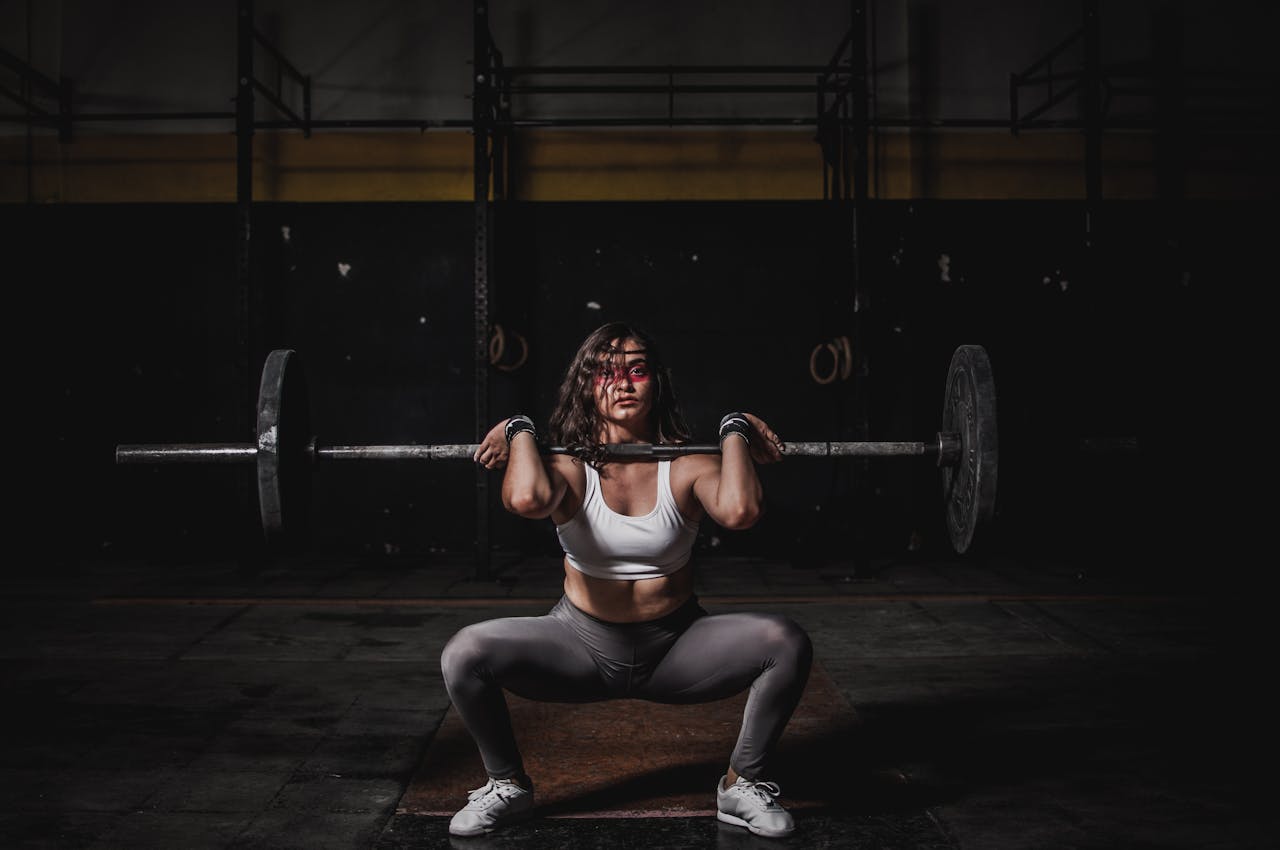
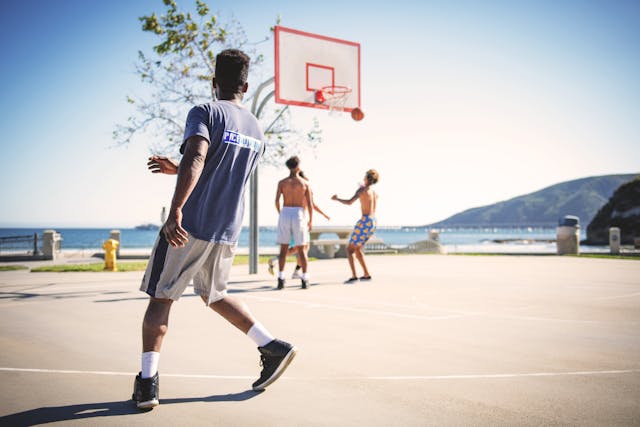
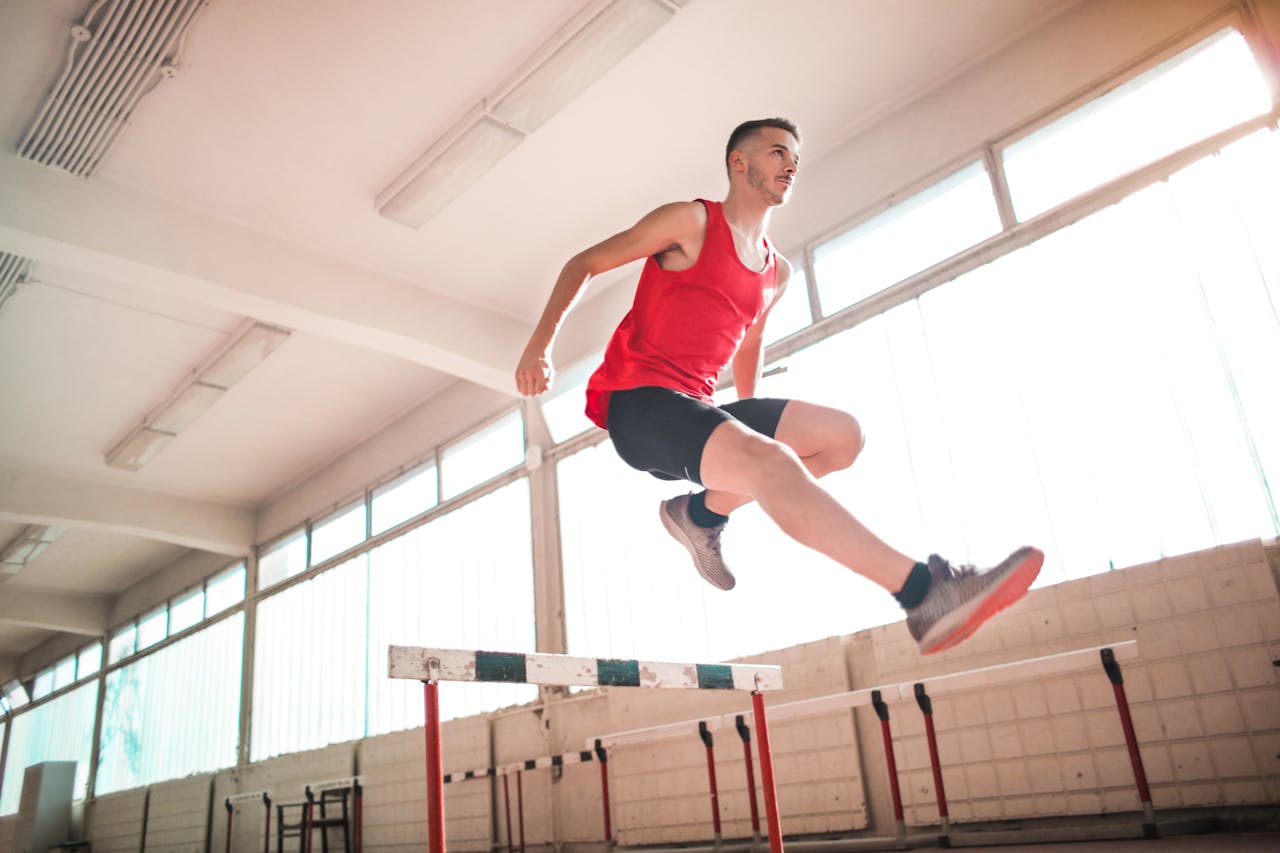



Leave a comment
This site is protected by hCaptcha and the hCaptcha Privacy Policy and Terms of Service apply.